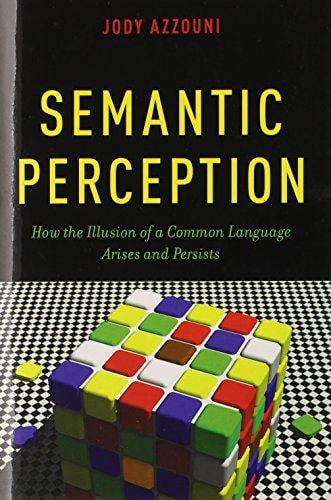Descrição
Human involuntarily experience certain physical items, products of human actions, and human actions themselves, as having meaning-properties: for example, as possessing meaning, as referring, or as having truth values. For example, a sign on a door “Drinks Inside,” involuntarily strikes native speakers of English as referring to liquids in the room behind the door. The sign has a truth value—if no drinks are found in the room, the sign is misleading. Someone’s pointing in a direction has the same effect: we experience her gesture as significant.
The suggestion isn’t that, during conversations, we don’t recognize the expectations or intentions of speakers (or those of our own). We recognize that the person pointing in a certain direction intends us to understand her gesture’s significance. Nevertheless, we experience that gesture as having significance independently of her intentions.
The gesture is meaningful all on its own. So too with language, written sentences: We experience the meaning-properties—the meanings—of language artifacts as independent of the intentions of their makers in exactly the same way that we experience the shape of an object as a property of it that’s independent of the color it has.
There is a distinctive phenomenology to the experience of understanding language (a distinctive character to the experience we have when in the presence of language).
This book explores this experience of language in great depth, and shows how the resulting phenomenology can be brought to bear as evidence for and against competing theories of language—for example, the very popular Gricean approaches to language.

